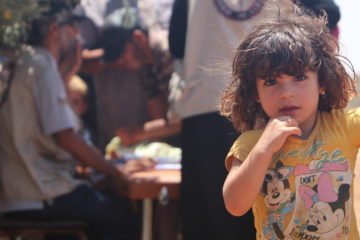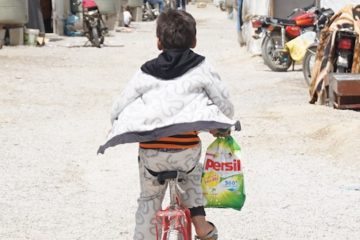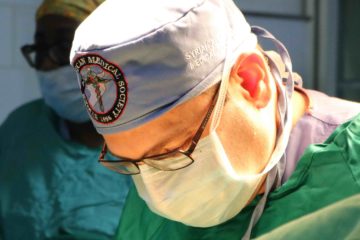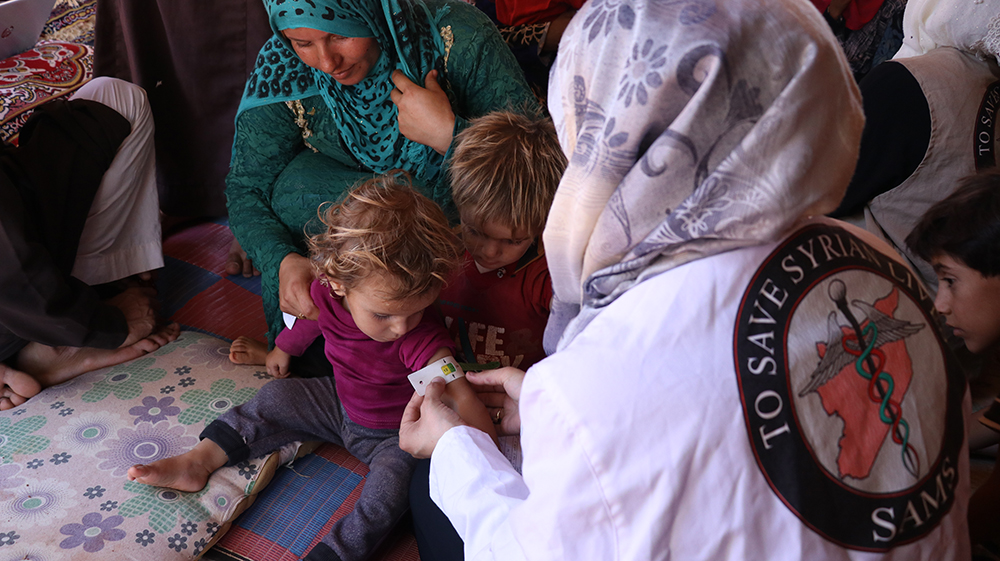June 20, 2015
 “Nothing Is Certain:” Life at the Zaatari Refugee Camp
“Nothing Is Certain:” Life at the Zaatari Refugee Camp
For Syrian refugees living in the Al-Zaatari refugee camp in Jordan the only thing that is certain is that nothing is certain. With the conflict now in its fifth year and showing no sign of resolving anytime soon, Syrian refugees are in a constant state of limbo. Many long to go home, but after four years that hope is eroding. Some spend their days watching the news, looking for any sign that their home village might be safe enough to return to. Recently there has been a trend of refugees returning home, especially to Dara’a, even though they know that the lull in the hostilities is likely only temporary. For those who return home, it is almost impossible to re-enter Jordan if the fighting starts up again. Despite this, around 200 people return to Syria each day, showing how desperate many are to return home to their old lives.
Others, however, have begun to make the camp their home. While most refugees were initially reluctant to put down any roots — many refused to buy a TV as they believed they would be able to return home at any moment — there is a sense now that people are resigned to their situation and are attempting to create as normal a life as possible in the camp. People are beginning to form a community by connecting with their neighbors and other refugees from their home villages. These communities have helped to establish more activities catered toward children; playgrounds are now available for children to play on. Another part of finding some semblance of normalcy for a number of refugees has been to get a way to use their skills. For many, programs run by NGOs are their best options. Various NGOs run vocational programs, such as teaching women to sew or giving IT lessons, and they often hire refugees to teach the classes. These organizations also employ refugees to help with logistical work or to serve as security guards. However, working legally is challenging for refugees because of laws concerning work permits. Under Jordanian law, a refugee can only obtain a work permit if a Jordanian company applies and pays the fee for the permit on their behalf. As a result, only about 6,000 out of the 620,000 registered Syrian refugees in Jordan hold legal permits.
While many refugees have been able to build somewhat normal lives in the Zaatari camp, going to the doctor remains a central part of their daily lives. As Dr. Jaber Monla-Hassan noted on a recent SAMS medical mission to the camp, medicine shortages require that prescriptions are only given in three day intervals, meaning that people have to spend much of their time going to the clinic to receive a refill. As a result, the clinics have become social hubs, often serving as a meeting point for refugees.
Life for refugees at Zaatari is uncertain. At any moment their hometown could become safe to return to or it could be further ravaged by war. Their futures are unknown. Hope is scarce. Despite all this, the refugees living in the camp have shown incredible resilience, building lives that are as close to normal as possible.
***
The Zaatari camp currently hosts 83,946 Syrian refugees. It has an ever growing population as there are, on average, 80 births a week. Two-thirds of the population lives below the poverty line. SAMS provides a variety of medical services for the refugees, treating 122,221 patients in 2014 alone, about half of whom were under 18.
By Treston Chandler, SAMS Program Intern




